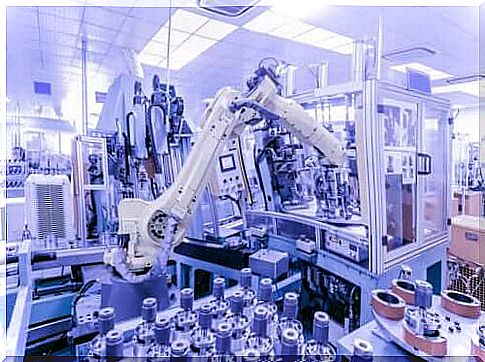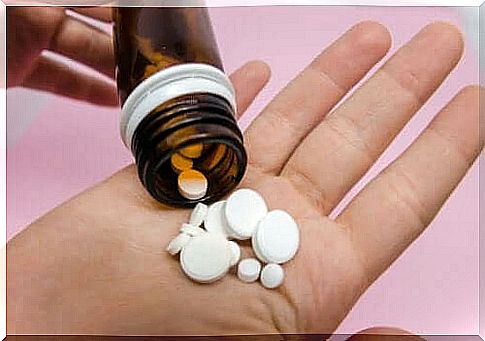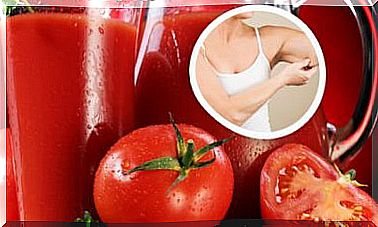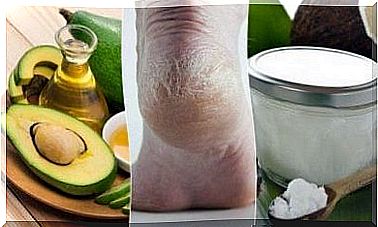Excipients Of Drugs: What Are They?

You have probably already heard of drug excipients or read this word on a drug’s package insert without knowing what it was referring to.
The excipients of the drugs are the components of its formulation, with the exception of the active ingredient, which is the therapeutic molecule. Here, therefore, that a drug is mainly composed of an active ingredient and some excipients. These excipients are used to obtain the desired pharmaceutical form.
Thus, the pharmaceutical form is the individualized arrangement to which drugs and excipients adapt. In other words, it is the physical presentation given to medicinal substances to promote their administration. For example, syrup is a pharmaceutical formulation for oral administration, but pills are another pharmaceutical form other than the first.
In short, the excipients are combined with other active ingredients or drugs in different pharmaceutical forms (for oral, intravenous, anal, etc.) in order to synthesize a drug, which is the combination of the substances mentioned.
What are the excipients of drugs used for?

The excipients have the function of favoring the preparation, storage and administration of drugs. Furthermore, they are the only components that can make the difference between a brand name drug and a generic one. Below we list the most used excipients.
- Agglutinants : their function is to keep the components together. Some of the most used are starches, sugars, lactose or sugars such as xylitol.
- Thinners: fill the contents of a tablet or capsule, to obtain a presentation suitable for consumption. Vegetable cellulose is an excipient whose use is very extensive in the form of tablets or pills in solid gelatin.
- Disgregants: they ensure that the release of the active ingredients improves in the digestive system.
- Lubricants: they are essential to avoid the formation of lumps or that the ingredients stick to the machinery during the production phase. Some of the substances most used for this purpose are common minerals, such as talc. Steroid fat is also used.
- Coatings : these excipients have the task of protecting ingredients from atmospheric agents such as air or humidity. In addition, they make it easier for the bad tasting tablets to be swallowed. In general, a cellulose layer free of any allergenic substance is used.
- Sweeteners: the main function of these excipients is to facilitate the swallowing of tablets, improving their flavor.
- Flavoring and coloring agents : improving the organoleptic properties of drugs and, thanks to this, they also promote adherence to therapeutic guidelines.
How are the excipients listed in a package leaflet?

Excipients are usually inert substances, i.e. they have no effect on the body. However, in some cases they may exert a known action or trigger allergy or intolerance.
Precisely for this reason, you must always inquire about the composition of a drug, and make sure you use it correctly.
To know the excipients that a drug contains, all you have to do is read the leaflet of the drug in question or its packaging. In the first case, the excipients are expressed in a complete way, that is, first with their International Common Name – that is, with the name by which they are known, followed by the letter “E” (not always present) – and, finally , with the respective numbering.
However, only the letter “E” with the respective number may appear on the label; the common name does not always have to be present. Take for example the excipient known as titanium dioxide. In the drugs that contain it there should be the prospectus titanium dioxide E171.
With this information on the package insert, a number of health problems can be prevented. For example, celiac patients can independently verify whether the formulation contains gluten or not. At the same time, patients with lactose intolerance can see if there is any component that could contaminate the drug.
Conclusion
Excipients are essential for the production of drugs. They improve the flavor, appearance, absorption and even distribution of the preparation.
Since some of these can trigger allergies or intolerances, before taking a drug it is essential to read the respective package leaflet and ask your doctor or pharmacist for advice on the composition of the drug in question.









